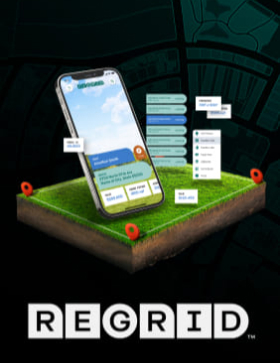
First some highlights from the latest Distimo Report
- The number of applications in the Apple App Store has grown from just under 200,000 in April 2010 to over 300,000 in October 2010.
- The proportion of iPad only applications outgrew the proportion of universal applications during the second quarter of 2010.This trend reversed in July 2010 with the proportion of iPad and universal applications in November being equal (7%).
- The average price for an application in the Apple App Store for iPad increased from $4.34 in April 2010 to $4.97 in October 2010 (+14.5%). During the same period, the average price of an application in the Apple App Store for iPhone increased only slightly from $3.94 to $4.03 (+2.3%).
- The average price of the top 100 paid applications in October 2010 is 171% higher in the Apple App Store for iPad than in the Apple App Store for iPhone; $5.80 compared with $2.14, respectively.
- The lower average price of applications in the Apple App Store for iPhone is due to the fact that a large portion of paid applications are priced at $0.99 (45%), while only 24% of applications are priced at this price-point on the iPad.
Then Via VentureBeat
Apple’s iPhone has ousted Research in Motion’s from the top spot in the U.S. smartphone market, with 26 percent of devices shipped in the third quarter, according to a report by the research firm Canalys. And Google’s Android gained the lead in the U.S. mobile operating system share at 44 percent.
The numbers confirm Apple CEO Steve Jobs’ claim that the iPhone surpassed RIM’s BlackBerry devices over the last quarter. They’re also a sign that things are really going to heat up between the iPhone and Android over the next quarter.
The worldwide smartphone market grew by 95 percent to 80.9 million devices shipped, according to Canalys. Nokia kept its lead with a 33 percent share (down from 38 percent last quarter), while Apple also surpassed RIM globally with a 17 percent share, compared to RIM’s 15 percent. Android was “the greatest driver of growth in the worldwide market†with a 1,309 percent increase in devices shipped — from 1.4 million to 20 million devices — since last year. Android ended up taking over 25 percent of global OS market share, beating out both Apple and RIM.
In the emerging markets dubbed “BRIIC†countries, which include Brazil, Russia, India, Indonesia and mainland China, smartphone shipments increased 112 percent since last year. Nokia unsurprisingly kept the lead in those emerging markets thanks to its cheap devices. Nokia remained the top OS vendor in 37 of the 56 countries Canalys tracks, but I suspect that its global market share will continue to drop precipitously. Android’s growth is somewhat unstoppable at this point, and by next year there may be cheaper Android devices that can target emerging markets.
Microsoft was the biggest loser for the last quarter, with 3 percent of worldwide smartphone shipments. Still, the firm predicts that Microsoft’s outlook for the fourth quarter is “vastly improved†thanks to the launch of its Windows Phone 7 devices.
A report released today by research firm NPD Group also supports Canalys’s numbers. When it comes to best-selling phones in the last quarter, NPD confirms the iPhone 4 is the lead device, the BlackBerry Curve 8500 is in second place, and the LG Cosmos is in third. Two Android devices, the Motorola Droid X and HTC Evo 4G, rounded out the top five spots.








